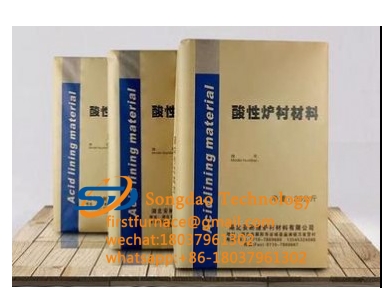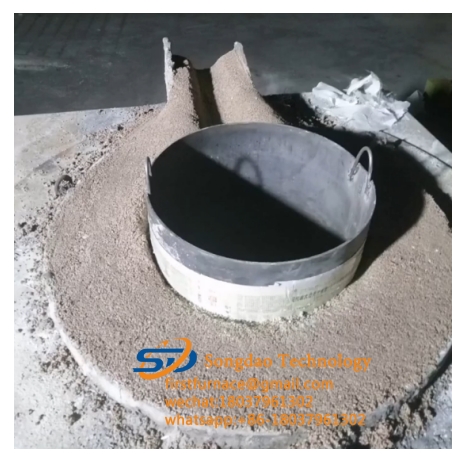- 08
- Dec
Walxaha soo noqnoqda ee foornada soo noqnoqda ee dhexdhexaadka ah
Refractory ramming material foornada inta jeer ee dhexdhexaadka ah
There are many ways to classify refractory ramming materials produced by dry-beating materials manufacturers. But the main ones are divided according to chemical composition: it can be divided into acidic, alkaline and neutral; according to the degree of refractoriness: it can be divided into general refractory ramming material (1580-1770 °C) advanced refractory ramming material (1770- 2000°C) super fire-resistant ramming material (above 2000°C) and super fire-resistant ramming material (greater than 3000°C) four categories; divided by processing and manufacturing technology: can be divided into fired products, fused cast products, and unfired products ;Divided by purpose: can be divided into blast furnace, open hearth, converter, continuous casting, glass kiln, cement kiln refractory ramming materials, etc.; according to the appearance: can be divided into refractory products, refractory mud, unshaped refractory Ramming material; according to the shape and size, it can be divided into: standard, general, special, special and super special products; according to the molding process: it can be divided into natural rock cutting saw, mud pouring, plastic molding, semi-dry Products such as molding and vibration, ramming, fusion-casting molding, etc.; according to chemical-mineral composition: can be divided into aluminum silicate (clay bricks, high alumina bricks, semi-silica bricks) and siliceous (silica bricks, fused silica fired products) Magnesium (magnesia brick, magnesia alumina brick, magnesia chrome brick); carbon (carbon brick, graphite brick) dolomite, zircon, special refractory ramming material products (high purity oxide products, refractory compound products) And high temperature compound ramming material).


